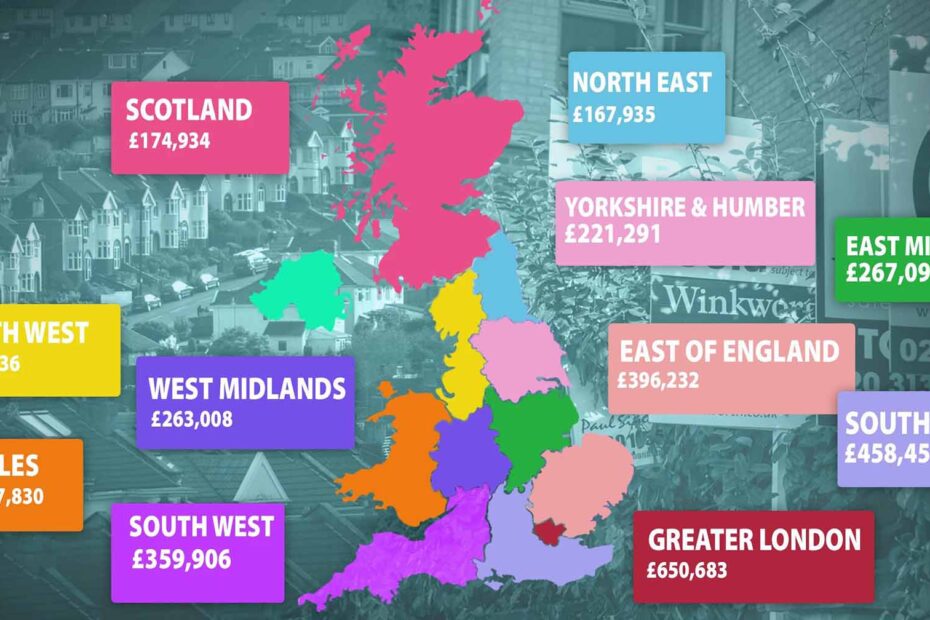House prices still rising but that could change soon
The current climate could be short lived
The lowest annual growth was in London, where prices increased by 8.1% in the year to February 2022.
Overall, UK prices were up just 0.5% on a monthly basis though, which may reflect recent warns that growth is set to slow. Other data revealed in the index for December 2021 also showed a sharp drop in transactions. UK volume transactions decreased by 47.1% in the year to December 2021, according to Land Registry figures.
Sales in England decreased by 52.5% annually in England, by 18.1% in Scotland, 47.3% in Wales and by 16.9% in Northern Ireland.
“Soaring inflation, the rising cost of living, high energy bills and a lack of support from the government at last month’s Spring Statement mean many people are feeling the squeeze financially. The recent introduction of the new energy price cap and the national insurance increase has further heightened the pressure.
“With wages failing to keep up, the increased costs of moving home will likely put off prospective buyers and taking a first step onto the property ladder will be pushed out of reach for many. As a result, we could see house prices dip over the coming months.
“While house prices have remained robust for the time being, how the housing market truly reacts to the current circumstances is yet to be seen. However, it is unlikely that house prices will be able to continue rising at the same rate seen in recent times – particularly against the backdrop of an economy already trying to recover from the impact of the pandemic.
“If a slowdown does begin to materialise, a gradual fall in house prices is expected as opposed to a sudden drop. At present, there remains too much demand and too little stock, so house prices will likely remain high for some time yet.”
“The level of housing supply is 32% lower than before the pandemic and demand is up 134%.
“These latest figures suggest that the market continues to remain extremely competitive but the cost of living crisis may be a key contributor preventing home buyers and sellers coming onto the market due to financial uncertainty.
“However, slight growth in the number of properties coming to the market is being seen which is a positive shift in the right direction as a closing in the gap of supply and demand will enable house prices to start to stabilise.”
“These numbers show house prices continuing on their apparently inexorable upward path but that’s not quite what’s happening on the ground now.
“Demand is still well ahead of supply but concerns about the rising cost of living, squeezed pay packets and potentially further interest rate rises, are reducing price growth and transaction numbers.
“Looking forward, we expect activity to return to more ‘normal’ pre-pandemic conditions as supply picks up as part of the usual spring bounce.”
Whilst it is inevitable that the current growth cannot be sustained, the effect of debt erosion by inflation, combined with unprecedented demand, should prevent a drastic fall, but growth will certainly slow down towards the end of the year. It is vital that measures are taken to ensure that is is gradual slow-down and not a hard bump, otherwise we could experience a loss of confidence in the market not experienced since the early ninteies.

